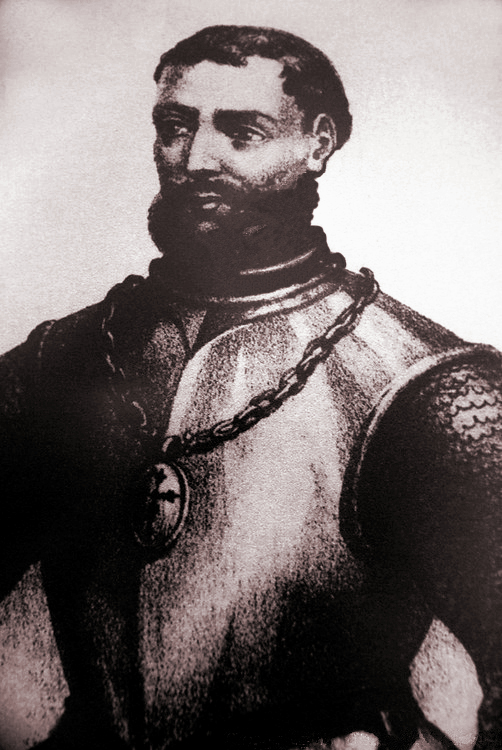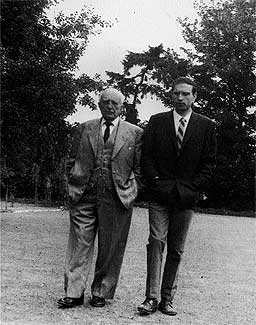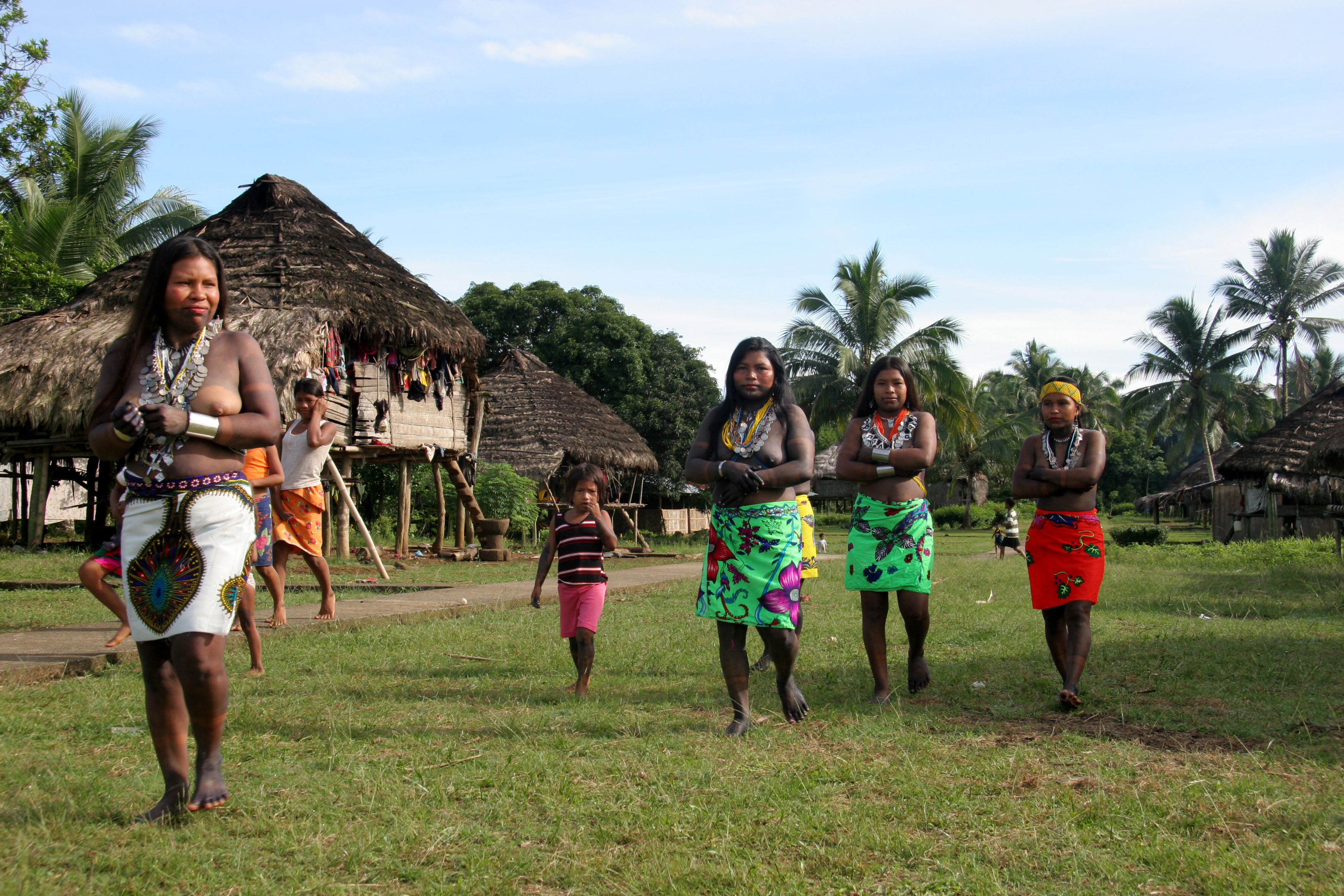|
Francisco Hernández De Córdoba (Yucatán Conquistador)
Francisco Hernández de Córdoba (, Córdoba, Spain, c. 1467 - Sancti Spíritus, Cuba, 1517) was a Spanish ''conquistador'', known to history mainly for the ill-fated expedition he led in 1517, in the course of which the first European accounts of the Yucatán Peninsula were compiled. 1517 Expedition Together with some 110 discontented Spanish settlers in early colonial Cuba, Hernández de Córdoba petitioned the governor, Diego Velázquez de Cuéllar, for permission to launch an expedition in search of new lands and exploitable resources. This permission was granted after some haggling over terms, and the expedition consisting of three ships under Hernández de Córdoba's command left the harbor of Santiago de Cuba on February 8, 1517, to explore the shores of southern Mexico. The main pilot was Antón de Alaminos,Diaz, B., 1963, The Conquest of New Spain, London: Penguin Books, the premiere navigator of the region who had accompanied Christopher Columbus on his initial voyage ... [...More Info...] [...Related Items...] OR: [Wikipedia] [Google] [Baidu] |
Francisco Hernández De Córdoba
Francisco Hernández de Córdoba may refer to: * Francisco Hernández de Córdoba (Yucatán conquistador) (died 1517) * Francisco Hernández de Córdoba (founder of Nicaragua) (died 1526) {{hndis, name=Hernandez de Cordoba, Francisco ... [...More Info...] [...Related Items...] OR: [Wikipedia] [Google] [Baidu] |
Province Of Tierra Firme
During Spain's New World Empire, its mainland coastal possessions surrounding the Caribbean Sea and the Gulf of Mexico were referred to collectively as the Spanish Main. The southern portion of these coastal possessions were known as the Province of Tierra Firme ( es, Provincia de Tierra Firme), or the "Mainland Province" (as contrasted with Spain's nearby insular colonies).Diaz, B., 1963, The Conquest of New Spain, London: Penguin Books, The Province of Tierra Firme, or simply Tierra Firme, was also called Costa Firme.Ilia del Toro Robledo. ''Actas del Cabildo de Ponce, Puerto Rico.'' Ponce, Puerto Rico: Gobierno Municipal Autónomo de Ponce. Comisión Puertorriqueña para la Celebración del Quinto Centenario del Descubrimiento de America y Puerto Rico, en Conmemoración del Encuentro de Dos Mundos. 1993. Acta # 136 of 28 October 1821. p. 207. History In 1498, Cristopher Columbus entered the Gulf of Paria in Venezuela and explored the Orinoco River. In his fourth and last v ... [...More Info...] [...Related Items...] OR: [Wikipedia] [Google] [Baidu] |
Bartolomé De Las Casas
Bartolomé de las Casas, OP ( ; ; 11 November 1484 – 18 July 1566) was a 16th-century Spanish landowner, friar, priest, and bishop, famed as a historian and social reformer. He arrived in Hispaniola as a layman then became a Dominican friar and priest. He was appointed as the first resident Bishop of Chiapas, and the first officially appointed "Protector of the Indians". His extensive writings, the most famous being ''A Short Account of the Destruction of the Indies'' and ''Historia de Las Indias'', chronicle the first decades of colonization of the West Indies. He described the atrocities committed by the colonizers against the indigenous peoples. Arriving as one of the first Spanish (and European) settlers in the Americas, Las Casas initially participated in, but eventually felt compelled to oppose, the abuses committed by colonists against the Native Americans. As a result, in 1515 he gave up his Native American slaves and '' encomienda'', and advocated, before King Cha ... [...More Info...] [...Related Items...] OR: [Wikipedia] [Google] [Baidu] |
Diego De Landa
Diego de Landa Calderón, O.F.M. (12 November 1524 – 29 April 1579) was a Spanish Franciscan bishop of the Roman Catholic Archdiocese of Yucatán. Many historians criticize his campaign against idolatry. In particular, he burned almost all the Maya manuscripts (codices) that would have been very useful in deciphering Maya script, knowledge of Maya religion and civilization, and the history of the American continent. Nonetheless, his work in documenting and researching the Maya was indispensable in achieving the current understanding of their culture, to the degree that one scholar asserted that, "ninety-nine percent of what we today know of the Mayas, we know as the result either of what Landa has told us in the pages that follow, or have learned in the use and study of what he told." Conversion of Maya Born in Cifuentes, Guadalajara, Spain, he became a Franciscan friar in 1541, and was sent as one of the first Franciscans to the Yucatán, arriving in 1549. Landa was in c ... [...More Info...] [...Related Items...] OR: [Wikipedia] [Google] [Baidu] |
Veracruz, Veracruz
Veracruz (), known officially as Heroica Veracruz, is a major port city and municipal seat for the surrounding municipality of Veracruz on the Gulf of Mexico in the Mexican state of Veracruz. The city is located along the coast in the central part of the state, southeast of the state capital Xalapa along Federal Highway 140. It is the state's most populous city, with a population that is greater than the municipality's population, as part of the city of Veracruz extends into the neighboring Boca del Río Municipality. At the 2010 census, the city had 554,830 inhabitants, 428,323 in Veracruz Municipality and 126,507 in Boca del Río Municipality.2010 census tables: INEGI Developed during Spanish colonization, Veracruz has been Mexico's oldest, largest, and historically most significant port. [...More Info...] [...Related Items...] OR: [Wikipedia] [Google] [Baidu] |
Charles V, Holy Roman Emperor
Charles V, french: Charles Quint, it, Carlo V, nl, Karel V, ca, Carles V, la, Carolus V (24 February 1500 – 21 September 1558) was Holy Roman Emperor and Archduke of Austria from 1519 to 1556, King of Spain (Crown of Castile, Castile and Crown of Aragon, Aragon) from 1516 to 1556, and Lord of the Netherlands as titular Duke of Burgundy from 1506 to 1555. He was heir to and then head of the rising House of Habsburg during the first half of the 16th century, his dominions in Europe included the Holy Roman Empire, extending from Kingdom of Germany, Germany to Kingdom of Italy (Holy Roman Empire), northern Italy with direct rule over the Austrian hereditary lands and the Burgundian Low Countries, and Habsburg Spain, Spain with its southern Italy, southern Italian possessions of Kingdom of Naples, Naples, Kingdom of Sicily, Sicily, and Kingdom of Sardinia, Sardinia. He oversaw both the continuation of the long-lasting Spanish colonization of the Americas and the short-live ... [...More Info...] [...Related Items...] OR: [Wikipedia] [Google] [Baidu] |
Joanna Of Castile
Joanna (6 November 1479 – 12 April 1555), historically known as Joanna the Mad ( es, link=no, Juana la Loca), was the nominal Queen of Castile from 1504 and Queen of Aragon from 1516 to her death in 1555. She was married by arrangement to Philip the Handsome, Archduke of Austria, of the House of Habsburg, on 20 October 1496.Bethany Aram, ''Juana the Mad: Sovereignty and Dynasty in Renaissance Europe'' (Baltimore, Johns Hopkins UP, 2005), p. 37 Following the deaths of her brother, John, Prince of Asturias, in 1497, her elder sister Isabella in 1498, and her nephew Miguel in 1500, Joanna became the heir presumptive to the crowns of Castile and Aragon. When her mother, Queen Isabella I of Castile, died in 1504, Joanna became Queen of Castile. Her father, King Ferdinand II of Aragon, proclaimed himself Governor and Administrator of Castile.Bergenroth, G A, Introduction. Letters, Despatches, and State Papers to the Negotiations between England and Spain. Suppl. to vols 1 and 2. ... [...More Info...] [...Related Items...] OR: [Wikipedia] [Google] [Baidu] |
Bay Islands Department
The Bay Islands ( es, Islas de la Bahía; ) is a group of islands off the coast of Honduras. Collectively, the islands form one of the 18 departments of Honduras. The departmental capital is Coxen Hole, on the island of Roatán. Geography The Bay Islands consist of eight islands and 53 small cays lying to off the northern coast of Honduras. These islands have been administered as a department of the Republic of Honduras since 1872.Central American English Central American English, By John A. Holm, Geneviève Escure, Elissa Warantz. Central American English Volume I, 1983. Retrieved March 2, 2013. Located on the Caribbea ... [...More Info...] [...Related Items...] OR: [Wikipedia] [Google] [Baidu] |
Honduras
Honduras, officially the Republic of Honduras, is a country in Central America. The republic of Honduras is bordered to the west by Guatemala, to the southwest by El Salvador, to the southeast by Nicaragua, to the south by the Pacific Ocean at the Gulf of Fonseca, and to the north by the Gulf of Honduras, a large inlet of the Caribbean Sea. Its capital and largest city is Tegucigalpa. Honduras was home to several important Mesoamerican cultures, most notably the Maya, before the Spanish Colonization in the sixteenth century. The Spanish introduced Catholicism and the now predominant Spanish language, along with numerous customs that have blended with the indigenous culture. Honduras became independent in 1821 and has since been a republic, although it has consistently endured much social strife and political instability, and remains one of the poorest countries in the Western Hemisphere. In 1960, the northern part of what was the Mosquito Coast was transferred from Nicara ... [...More Info...] [...Related Items...] OR: [Wikipedia] [Google] [Baidu] |
Salvador De Madariaga
Salvador de Madariaga y Rojo (23 July 1886 – 14 December 1978) was a Spanish diplomat, writer, historian, and pacifist. He was nominated for the Nobel Prize in Literature, and the Nobel Peace Prize. He was awarded the Charlemagne Prize in 1973. Life De Madariaga graduated with a degree in engineering in Paris, France. He then went to work as an engineer for the Northern Spanish Railway Company but abandoned that work to return to London and become a journalist by writing in English for ''The Times''. Meanwhile, he began publishing his first essays. He became a press member of the Secretariat of the League of Nations in 1921 and chief of the Disarmament Section in 1922. In 1928, he was appointed Professor of Spanish at Oxford University for three years during which he wrote a book on nation psychology, ''Englishmen, Frenchmen, Spaniards''. In 1931, he was appointed Spanish ambassador to the United States and a permanent delegate to the League of Nations; he kept the latter pos ... [...More Info...] [...Related Items...] OR: [Wikipedia] [Google] [Baidu] |
Darién Province
Darién (, , ) is a province in Panama whose capital city is La Palma. With an area of , it is located at the eastern end of the country and bordered to the north by the province of Panamá and the region of Kuna Yala. To the south, it is bordered by the Pacific Ocean and Colombia. To the east, it borders Colombia; to the west, it borders the Pacific Ocean and the province of Panama. The area surrounding the border with Colombia is known as the Darién Gap, a large swath of undeveloped swampland and forest. With no roads, it is the missing link of the Pan-American Highway. Place names The name originates from the language spoken by the Cueva, an Indigenous tribe destroyed by the white European conquistadors during the 16th century. The Tanela River, which flows toward Atrato, was Hispanicized to Darién; the region and its communities took the same name. Santa María la Antigua del Darién, the first city founded in Tierra Firme, also took its name from the river. Subsequentl ... [...More Info...] [...Related Items...] OR: [Wikipedia] [Google] [Baidu] |
Vasco Núñez De Balboa
Vasco Núñez de Balboa (; c. 1475around January 12–21, 1519) was a Spanish explorer, governor, and conquistador. He is best known for having crossed the Isthmus of Panama to the Pacific Ocean in 1513, becoming the first European to lead an expedition to have seen or reached the Pacific from the New World. He traveled to the New World in 1500 and, after some exploration, settled on the island of Hispaniola. He founded the settlement of Santa María la Antigua del Darién in present-day Colombia in 1510, which was the first permanent European settlement on the mainland of the Americas (a settlement by Alonso de Ojeda the previous year at San Sebastián de Urabá had already been abandoned). Early life Balboa was born in Jerez de los Caballeros, Spain. He was a descendant of the Lord mason of the castle of Balboa, on the borders of León and Galicia. His mother was the Lady de Badajoz, and his father was the hidalgo (nobleman), Nuño Arias de Balboa. Little is known of Vasco' ... [...More Info...] [...Related Items...] OR: [Wikipedia] [Google] [Baidu] |




